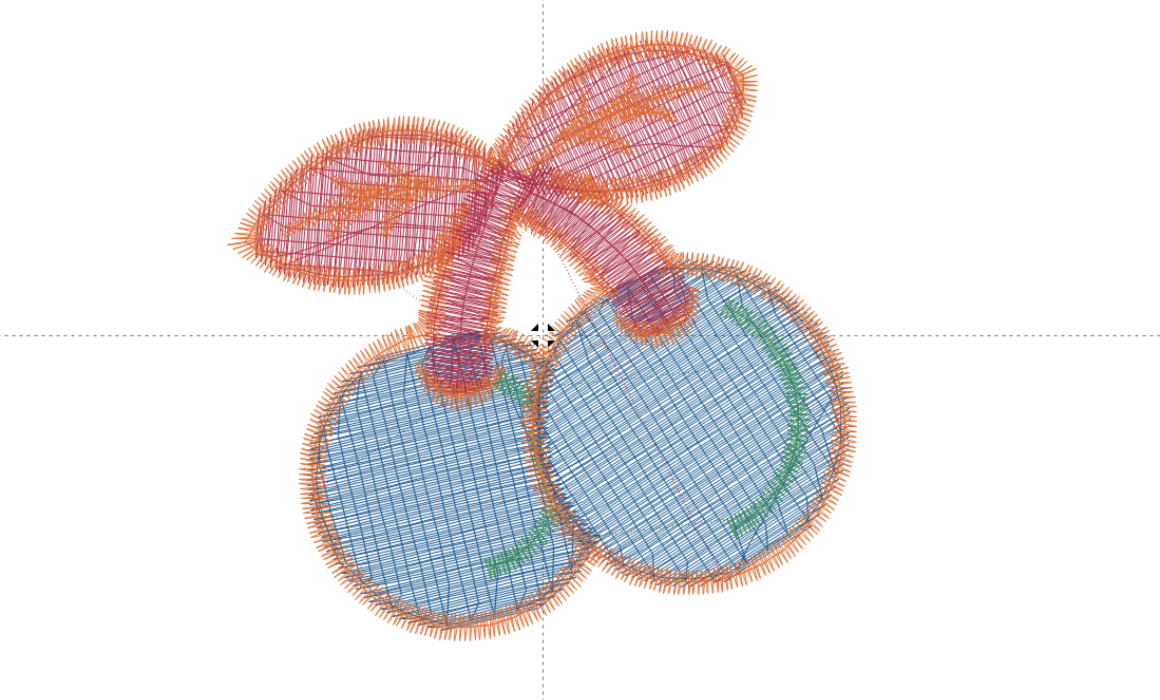The Process of Embroidery and Digitization of designs
Embroidery is the art of decorating fabric or other materials with needle and thread. It has been around for centuries and is still popular today. With the help of modern technology, embroidery has evolved from being solely a manual process to a more digitized and automated one. Here’s a look at the process of embroidery and how it has changed over the years.
The Process of Embroidery
Embroidery involves a few basic steps. The first step is to choose the design you want to embroider. This can be a pre-made design, or you can create your own. Once you have a design in mind, you need to transfer it onto the fabric. This can be done by hand or with the help of a machine. Once the design is transferred, it’s time to start embroidering. This involves using a needle and thread to create the design on the fabric. Different stitches and techniques can be used to create different effects, such as the satin stitch for filling in an area or the French knot for creating texture.
Digitization of Embroidery
In recent years, the process of embroidery has become more digitized. This involves using a computer to create the design and then programming a machine to embroider it onto the fabric. The first step in digitizing embroidery is to create a digital design. This can be done using software such as Adobe Illustrator or CorelDRAW. The design is then saved in a format that can be read by an embroidery machine, such as a DST or PES file.
Once the design is ready, it’s time to set up the embroidery machine. The fabric is placed in the machine, and the design is loaded onto the machine’s computer. The machine then begins embroidering the design onto the fabric. This process is much faster and more accurate than manual embroidery. It also allows for more complex designs to be created.
Advantages & Disadvantages of Digitization
The advantage of digitization is that it saves time and allows for more accurate and complex designs. It also makes it easier to reproduce a design multiple times. However, digitization does have its drawbacks. The cost of the equipment can be high, and it requires a certain level of expertise to use. Additionally, some argue that digitized embroidery lacks the same tactile experience as manual embroidery.
In Conclusion
Embroidery is an art form that has endured the test of time. While the process has become more digitized and automated in recent years, the basic steps and techniques remain the same. Whether done by hand or by machine, embroidery is a beautiful and intricate art that continues to captivate us.
